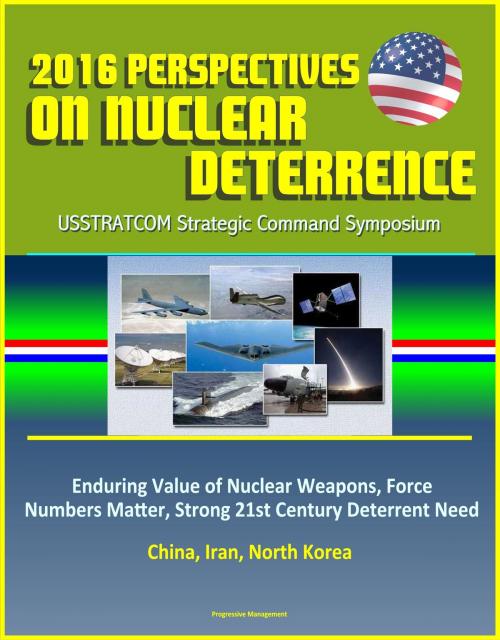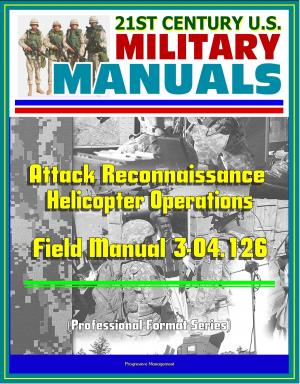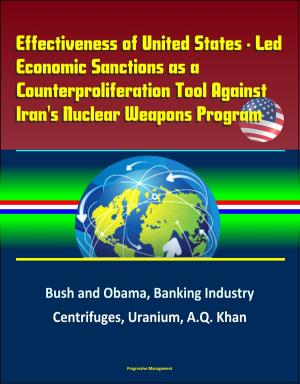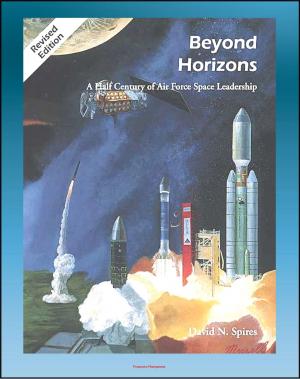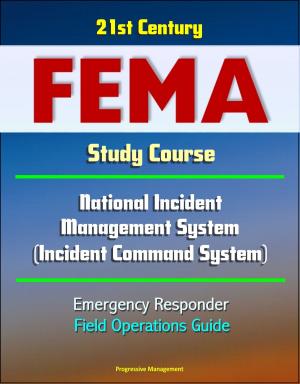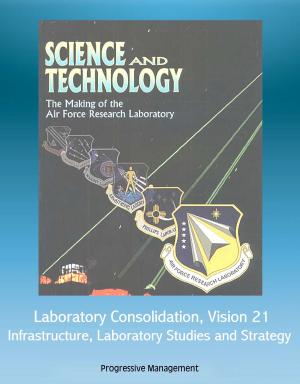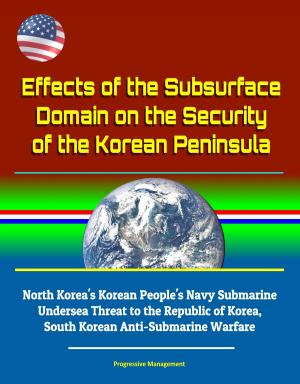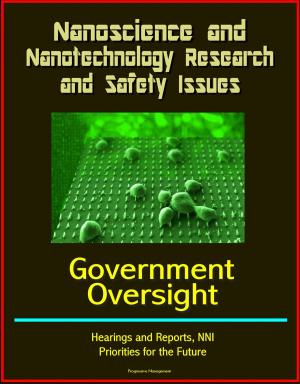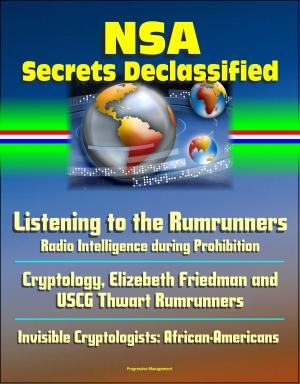2016 Perspectives on Nuclear Deterrence: USSTRATCOM Strategic Command Symposium - Enduring Value of Nuclear Weapons, Force Numbers Matter, Strong 21st Century Deterrent Need, China, Iran, North Korea
Nonfiction, History, Military, Nuclear Warfare, Strategy| Author: | Progressive Management | ISBN: | 9781370610839 |
| Publisher: | Progressive Management | Publication: | April 1, 2017 |
| Imprint: | Smashwords Edition | Language: | English |
| Author: | Progressive Management |
| ISBN: | 9781370610839 |
| Publisher: | Progressive Management |
| Publication: | April 1, 2017 |
| Imprint: | Smashwords Edition |
| Language: | English |
This excellent report has been professionally converted for accurate flowing-text e-book format reproduction. Ten impressive presentations from an elite panel of speakers at the 2016 United States Strategic Command Deterrence Symposium are reproduced here, stretching critical thinking about deterrence, and offering insights on how the U.S. will remain a formidable, global power.
Today's dynamic and complex security environment makes strategic deterrence more important than ever. Future conflicts will not be contained within prescribed borders, limited domains, or single functional areas. Whether deterring nuclear aggression or addressing threats in space and cyberspace, our actions and capabilities must make clear that no adversary can escalate their way out of a failed conflict and that restraint is always a belter option.
Our nuclear deterrent enterprise continues to play a major role in deterring our adversaries while simultaneously assuring our allies. Each leg of the triad is vital to our efforts, but those capabilities alone are not enough. A safe, secure, effective and ready strategic deterrent also includes tankers to refuel our nuclear-capable bombers; effective early indications and warning of incoming threats; assured National and Nuclear Command. Control and Communications; reliable warheads; a credible missile defense system against rogue nations; a resilient space and cyberspace architecture; and a robust conventional force.
Contents: Perspectives on Deterrence * 1. Foreword * 2. Why U.S. Nuclear Force Numbers Matter * 3. Busting Myths about Nuclear Deterrence * 4. The Need for a Strong U.S. Nuclear Deterrent in the Twenty-First Century * 5. The New Era of Nuclear Weapons, Deterrence, and Conflict * 6. The Common Sense of Small Nuclear Arsenals * 7. U.S. Extended Deterrence: How Much Strategic Force Is Too Little? * 8. Remembrance of Things Past: The Enduring Value of Nuclear Weapons * 9. Chinese Military Modernization, Implications for Strategic Nuclear Arms Control * 10. Revealed Preference and the Minimum Requirements of Nuclear Deterrence * 11. Fear and Learning in Tehran: What Recent Psychological Research Reveals about Nuclear Crises
This excellent report has been professionally converted for accurate flowing-text e-book format reproduction. Ten impressive presentations from an elite panel of speakers at the 2016 United States Strategic Command Deterrence Symposium are reproduced here, stretching critical thinking about deterrence, and offering insights on how the U.S. will remain a formidable, global power.
Today's dynamic and complex security environment makes strategic deterrence more important than ever. Future conflicts will not be contained within prescribed borders, limited domains, or single functional areas. Whether deterring nuclear aggression or addressing threats in space and cyberspace, our actions and capabilities must make clear that no adversary can escalate their way out of a failed conflict and that restraint is always a belter option.
Our nuclear deterrent enterprise continues to play a major role in deterring our adversaries while simultaneously assuring our allies. Each leg of the triad is vital to our efforts, but those capabilities alone are not enough. A safe, secure, effective and ready strategic deterrent also includes tankers to refuel our nuclear-capable bombers; effective early indications and warning of incoming threats; assured National and Nuclear Command. Control and Communications; reliable warheads; a credible missile defense system against rogue nations; a resilient space and cyberspace architecture; and a robust conventional force.
Contents: Perspectives on Deterrence * 1. Foreword * 2. Why U.S. Nuclear Force Numbers Matter * 3. Busting Myths about Nuclear Deterrence * 4. The Need for a Strong U.S. Nuclear Deterrent in the Twenty-First Century * 5. The New Era of Nuclear Weapons, Deterrence, and Conflict * 6. The Common Sense of Small Nuclear Arsenals * 7. U.S. Extended Deterrence: How Much Strategic Force Is Too Little? * 8. Remembrance of Things Past: The Enduring Value of Nuclear Weapons * 9. Chinese Military Modernization, Implications for Strategic Nuclear Arms Control * 10. Revealed Preference and the Minimum Requirements of Nuclear Deterrence * 11. Fear and Learning in Tehran: What Recent Psychological Research Reveals about Nuclear Crises
